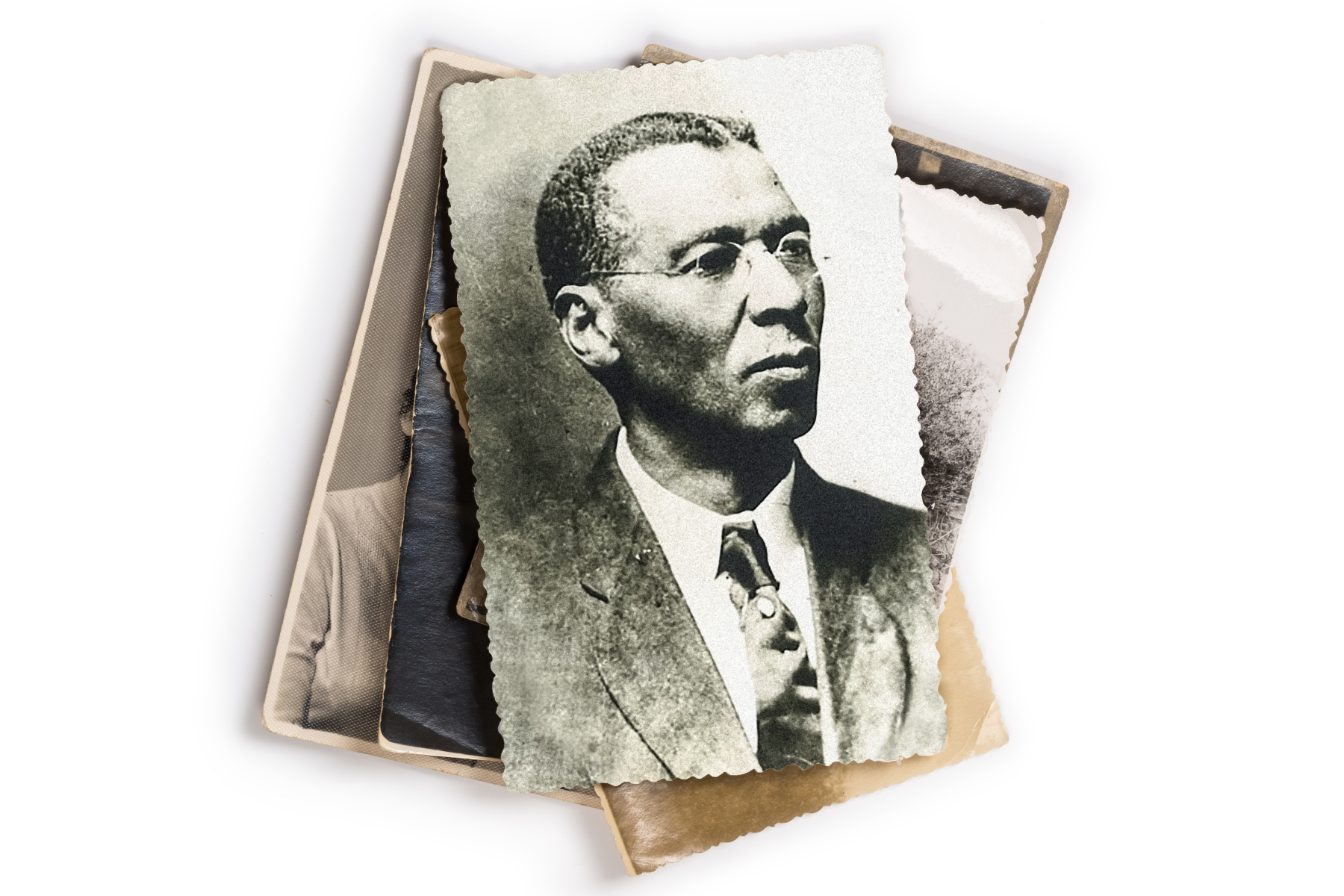Marcellus Cooper was born into slavery, in Dallas, on February 12, 1862. His mother was Black, his father was White, and his owners were the Caruth family. He went to grade school in a freedman’s town in what is now Lake Highlands. He was the treasurer of a Black library association and worked in a Jewish-owned department store while saving money for dentistry school. He opened a practice in a sanitarium operated by Texas’ first Black surgeon before moving to a building designed by Texas’ first Black architect.
Now, 91 years after his death, Cooper is set to get a historical marker on land that once belonged to his former owners.
In the 1860s, John Caruth and his Confederate veteran sons, William and Walter, were one of the largest slave-holding families in Dallas. Cooper was born a slave on their plantation to Sallie Lively, also a slave, and a White man, also named M.C. Cooper. Less than one year after Cooper’s birth, on January 1, 1863, slaves in Texas were freed de jure, but they wouldn’t be freed de facto until June 19, 1865. The Caruths’ former slaves spread out, forced by vagrancy laws to form freedman’s towns such as Upper White Rock, in present-day Addison, and the Fields Community, in present-day Merriman Park. Cooper commenced school in Little Egypt, a freedman’s town in present-day Lake Highlands, but moved with his father to Springfield, Missouri, where he completed high school.
Cooper returned to Dallas after high school and hired on at Sanger Brothers Department Store. By January 1888, Cooper was serving as the treasurer of the Lincoln Library Association. Although records of the association are sparse, a January 31, 1888, Dallas Morning News article reported that “the best element of the colored people [who attended its events] spoke highly of the enterprise, and said that if the colored people are to be elevated it must be through the means of those intellectual and financial levers which have served in elevating other races.”
By 1891, after working for 11 years in the Sanger Brothers wholesale department, Cooper had saved sufficient funds to study dentistry at Meharry Medical College, in Nashville, Tennessee, the first medical school in the South for Blacks. A lack of records leaves us imagining why he chose that field and why he left what was presumably a good job where he was beloved. But news of his move was big enough that the paper covered it. “On the eve of his departure for Nashville,” the News reported on September 29, 1891, Sanger Brothers’ Black employees presented him with a gold-headed cane “in token of their appreciation.”
Dr. Cooper returned to Dallas in 1896, after finishing dental school, and opened an office on Commerce Street.
It is startling to think about what Cooper was able to accomplish, given the fierce racism he faced during the three decades he lived in Dallas after earning his doctorate. In addition to the use of vagrancy laws to force Black people into isolated freedman’s towns, Dallas amended its city charter in 1907 to enforce the segregation of schools and churches. These regulations—along with segregation of public amusements, water fountains, streetcars, parks, and neighborhoods—mandated a separate and unequal Dallas, a White Dallas and Black Dallas. The two cities flourished side by side, divided by a so-called color line—the western boundary of which lay somewhere between where South Harwood Street and Central Expressway lie today, according to the city’s Office of Historic Preservation.
Inequality was the least of it. On March 3, 1910, a White mob tied a rope around Allen Brooks’ neck and pulled him through a window of the downtown courthouse. Brooks, a Black man, stood accused of attempted rape of his White employer’s toddler daughter. The mob kicked him and stomped him and hung his body from the three-story Elks Arch, emblazoned with a “Welcome Visitors” sign, at the intersection of Main and Akard streets.
In the 1920s, led by a White dentist named Hiram Wesley Evans and supported by Protestant churches, the Dallas chapter of the Ku Klux Klan reputedly became the world’s largest. Dallas Klan No. 66’s ranks included the police commissioner, the police chief, more than 20 members of the Dallas Chamber of Commerce, the sheriff, two district attorneys, ministers, journalists, doctors, and lawyers. They terrorized with impunity. On April 2, 1921, Klansmen kidnapped Alexander Johnson, an Adolphus Hotel bellhop, took him from his Ross Avenue home to the Trinity River, gave him 25 lashes, burned “KKK” into his forehead with acid, and dumped him—half naked and bloodied—in the Adolphus lobby. Johnson, a Black man, stood accused of a dalliance with a White woman. The sheriff, a Klansman, expressed his approbation for the kidnappers’ actions. Two and a half years later, the State Fair of Texas declared October 24, 1923, to be Ku Klux Klan Day.
Cooper lived through it all, seeing Black and White patients alike. By 1900, he had moved his practice to the same building as Dr. Benjamin Bluitt, the first Black surgeon in Texas, also a Meharry alumnus and the son of former slaves. In 1905, Cooper moved his practice again, to the new Bluitt Sanitarium at the intersection of Commerce and South Pearl streets. Owned and operated by Bluitt, the sanitarium was the first clinic in Dallas for Blacks, according to the Office of Historic Preservation.
Cooper, now a widower and father of two, married Willie Beal around this time. They had four children and lived at 1521 Villars St. On July 22, 1909, the News reported that Cooper had been unanimously elected as an officer of the Grand Lodge of Negro Masons. He also volunteered at Bethel A.M.E. Church as the superintendent of Sunday school; served as a board member of the Dallas Black Chamber of Commerce; invested in the Lewis Dry Goods Store, downtown’s first Black-owned department store; and co-founded Penny Savings Bank, Dallas’ first Black bank.
Cooper moved his practice again, in 1916, to the recently completed Knights of Pythias Temple, in Deep Ellum. Designed by William Pittman, the first practicing Black architect in Texas and the son-in-law of Booker T. Washington, the temple was the first commercial building in Dallas financed and erected by Blacks. There, we must presume, Cooper practiced dentistry until he retired. He died December 19, 1929, and was buried in Woodland Cemetery, now L. Butler Nelson Cemetery, in South Dallas.
The M.C. Cooper Dental Society, founded in 1954, was named in his honor. Cooper Street, in South Dallas, was as well. His historical marker was backed by the Communities Foundation of Texas, and the application narrative, drafted by Sheniqua Cummings and Dr. George Keaton of Remembering Black Dallas, proved a valuable resource for this article. The foundation and the Caruth family maintain a close relationship. The Caruths funded the foundation’s headquarters, and the foundation restored and upkeeps the Caruth Homeplace. At an as yet undetermined date, Cooper’s marker will be set at 5556 Caruth Haven Ln., at the entrance to a gated community whose land was once part of the 30,000-acre Caruth plantation.






